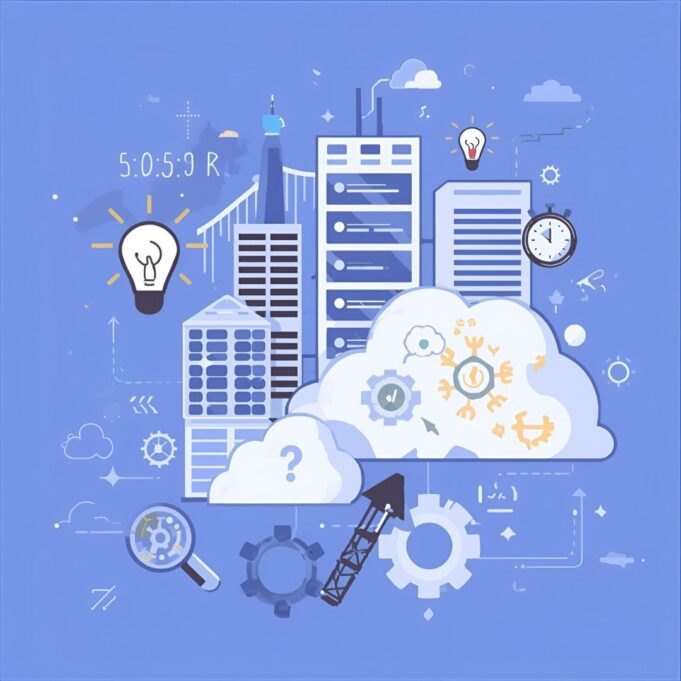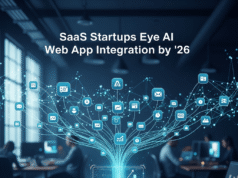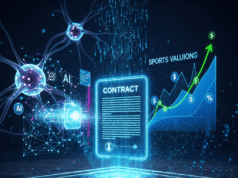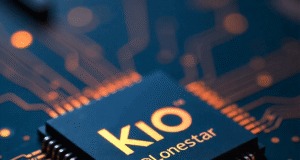Key Insights About How Workloads Hinder Cloud Infrastructure
This section explores the key aspects and implications of workloads hindering cloud infrastructure in the current market landscape.
98% of Organizations Face AI Infrastructure Readiness Challenges
According to a recent report by ControlMonkey, titled “The Gen AI Readiness Report: Cloud Infra at the Turning Point,” a staggering 98% of organizations are facing obstacles to cloud infrastructure readiness when it comes to supporting AI workloads. This near-universal challenge highlights the significant gap between the promise of AI and the reality of deploying it effectively in existing cloud environments. The report, based on a survey of 300 IT infrastructure leaders, reveals that organizations anticipate a 50% jump in AI-related workload demand over the next 12 to 24 months, further exacerbating the existing strain on cloud resources.
Legacy Weaknesses Magnified by AI Growth
This situation is further complicated by legacy weaknesses in cloud management practices. Many organizations are still grappling with fundamental issues that predate the AI boom. These existing problems are now being magnified by the exponential growth of AI workloads, creating a perfect storm of challenges that threaten to derail AI initiatives.
Some of the most common legacy weaknesses include:
- Siloed Teams: A lack of collaboration and communication between development, operations, and security teams. This disconnect leads to inefficiencies, delays, and misaligned priorities. For example, development teams might deploy AI models without adequately considering the security implications, while operations teams struggle to maintain the infrastructure without proper understanding of the AI workload requirements.
- Manual Processes: A continued reliance on manual configuration, deployment, and management of cloud resources. This approach is error-prone, time-consuming, and difficult to scale, especially when dealing with the dynamic nature of AI workloads. Manually provisioning resources for AI training can lead to significant delays and hinder the agility of AI development.
- Limited Visibility: Inadequate monitoring, logging, and reporting capabilities, making it difficult to gain real-time insights into the performance, security, and cost of AI workloads. Without sufficient visibility, it becomes challenging to identify and resolve issues proactively, optimize resource utilization, and ensure compliance with security and governance policies.
Top Three Challenges: Security, Visibility, and Resource Allocation
These foundational cracks in cloud infrastructure readiness are preventing organizations from fully capitalizing on the potential of AI. ControlMonkey’s report identifies security and governance (37%), lack of real-time visibility (36%), and resource allocation (32%) as the top three challenges hindering cloud infrastructure readiness for AI.
The lack of real-time visibility into infrastructure performance is particularly concerning, as it prevents organizations from identifying bottlenecks and optimizing resource allocation. For instance, without proper monitoring, it’s difficult to determine whether AI models are being served efficiently or whether resources are being wasted. Similarly, security and governance challenges can expose organizations to significant risks, including data breaches and compliance violations. Ensuring that AI workloads comply with relevant regulations, such as GDPR, requires robust security controls and governance policies.
Adapting Cloud Strategies for the AI Revolution
The rise of AI workloads is fundamentally transforming the cloud landscape, and organizations must adapt their cloud strategies and infrastructure to survive and thrive in this new era. Organizations need to address the challenges highlighted in the ControlMonkey report to build a more resilient, scalable, and secure cloud infrastructure that’s ready for the AI revolution. This involves adopting new technologies, processes, and best practices to overcome legacy weaknesses and meet the demanding requirements of AI workloads.
DevOps Teams Stretched Thin: The Innovation Bottleneck
Nearly half of DevOps teams report lacking the bandwidth for innovation, as many engineers are spending their time on “firefighting” rather than on strategic initiatives. This lack of capacity is hindering organizations’ ability to scale automation for AI workloads, with only 46% reporting being fully prepared in this area. This creates a vicious cycle, where limited automation leads to more manual work, which in turn reduces the time available for innovation and improvement.
Take Action Today: First Steps for AI Readiness
To prepare for the AI wave, take the first step today by:
- Assessing your current cloud infrastructure readiness, focusing on the specific requirements of AI workloads. This includes evaluating your existing infrastructure, processes, and skills to identify gaps and areas for improvement.
- Identifying key areas for improvement, such as security and governance, real-time visibility, resource allocation, automation, and collaboration. Prioritize these areas based on their impact on your AI initiatives and the feasibility of implementing solutions.
- Exploring solutions that can help you automate, optimize, and secure your cloud environment. This might involve adopting new tools and technologies, implementing new processes, or partnering with specialized providers.
Don’t wait until it’s too late. The future of your organization may depend on it. By proactively addressing the challenges of AI workloads, you can build a cloud infrastructure that’s not only ready for the present but also positioned for future success.





